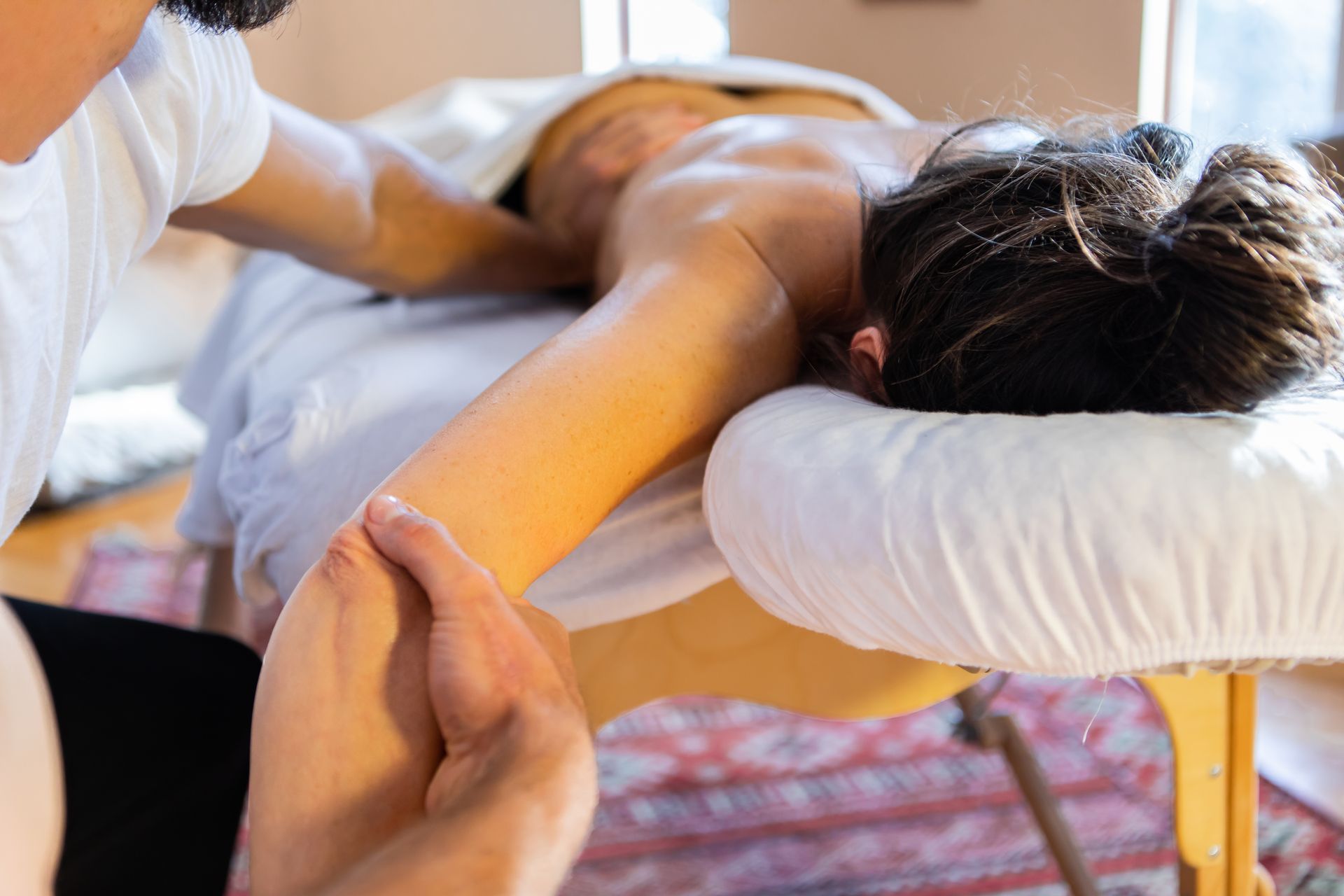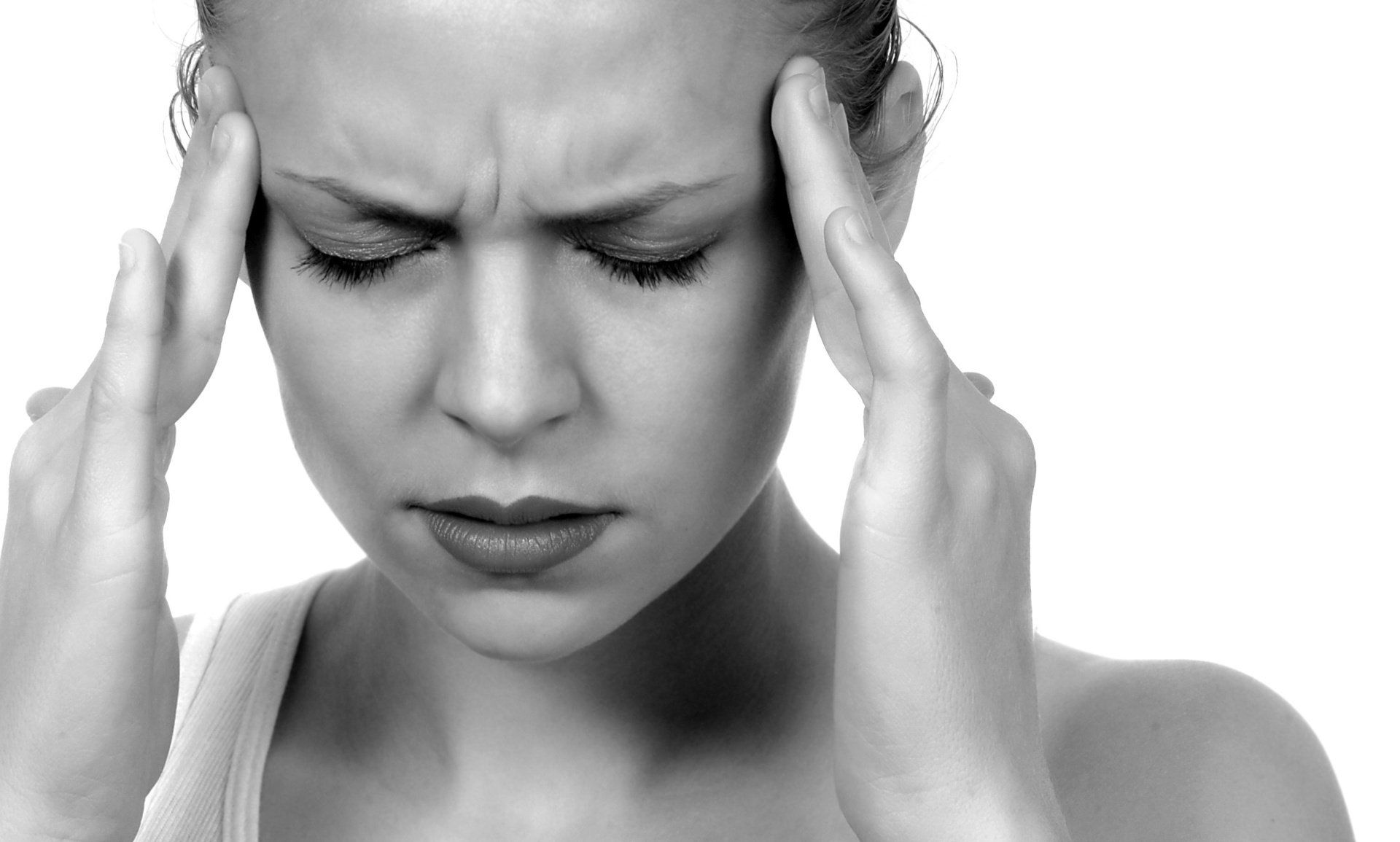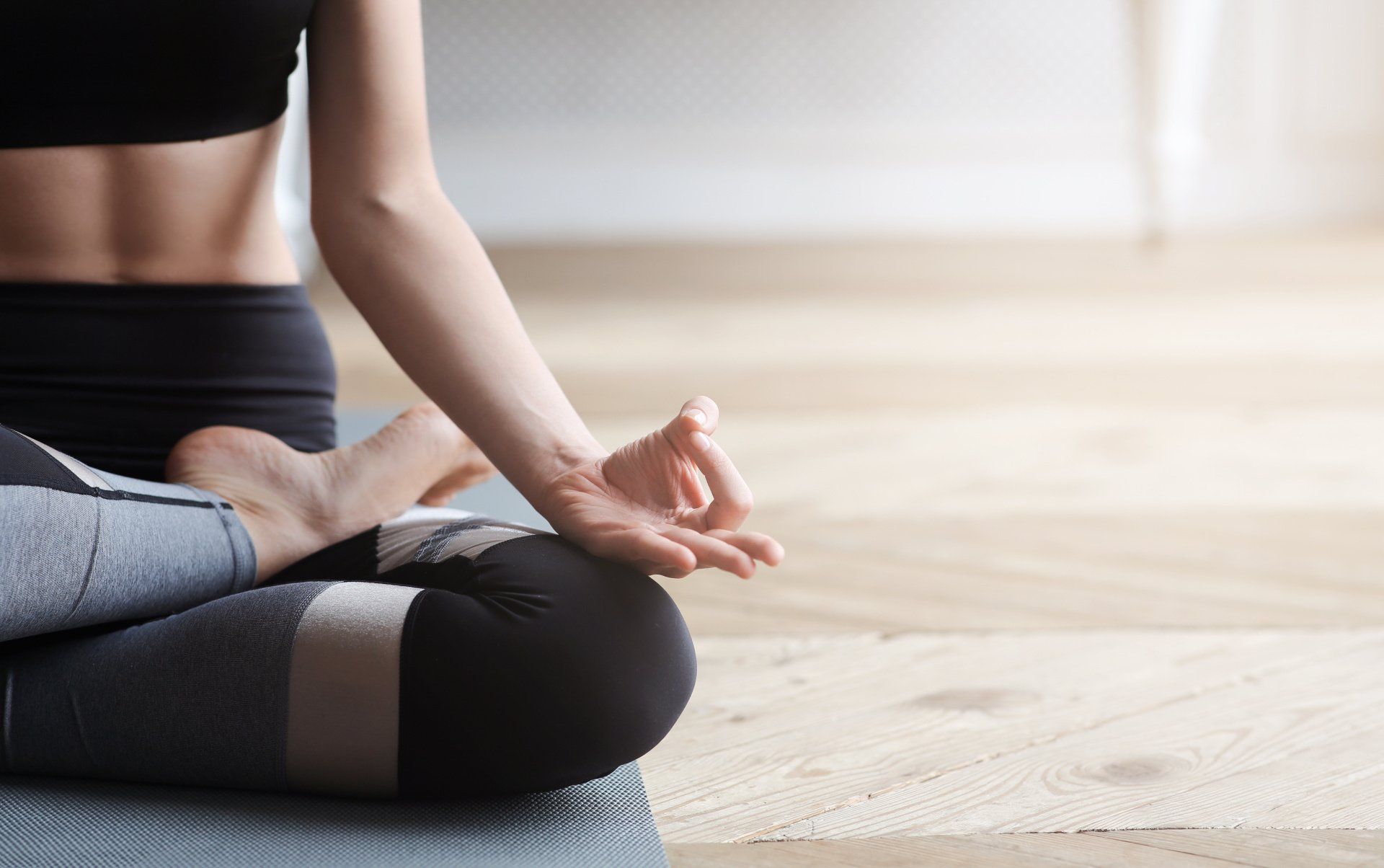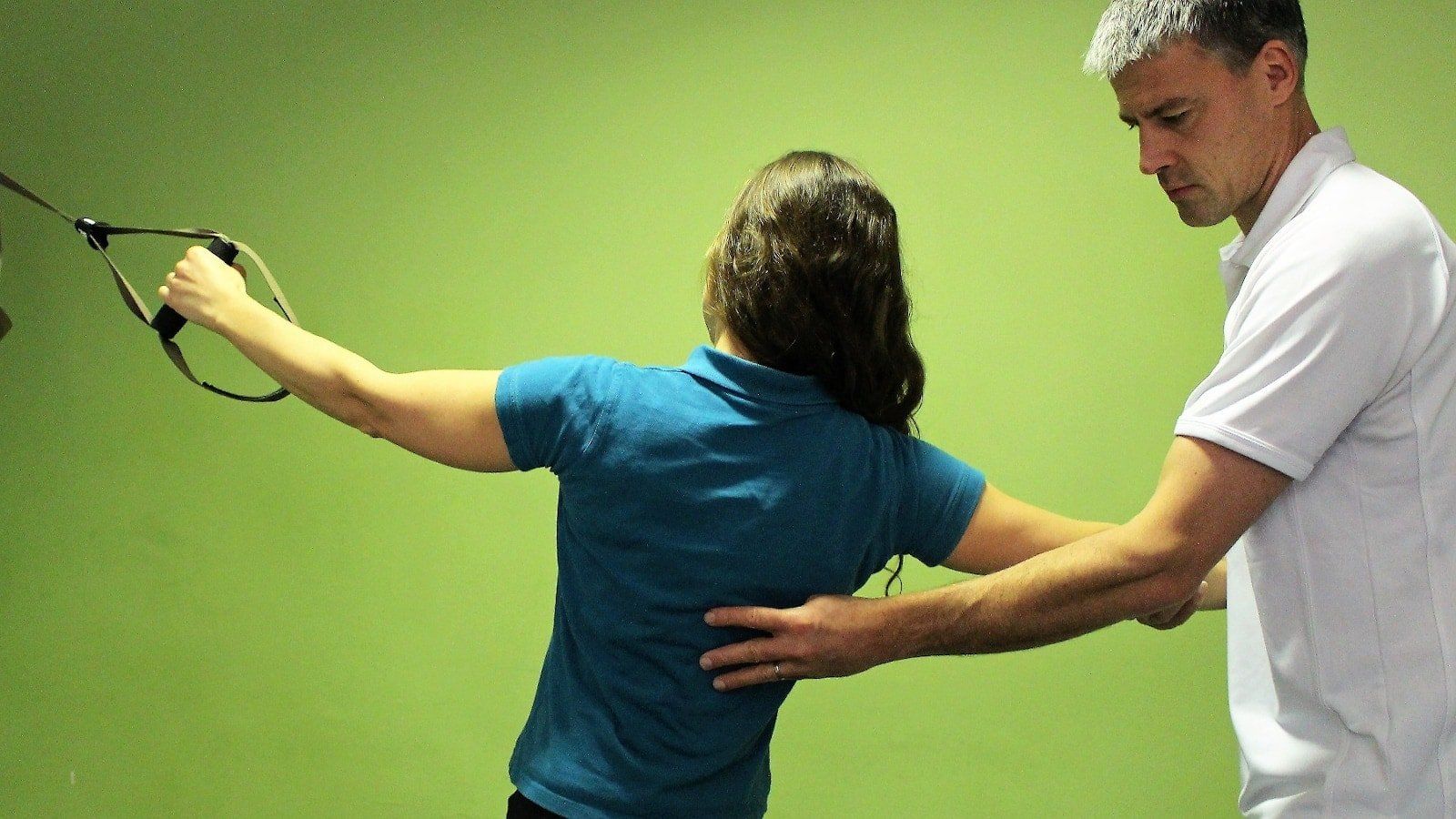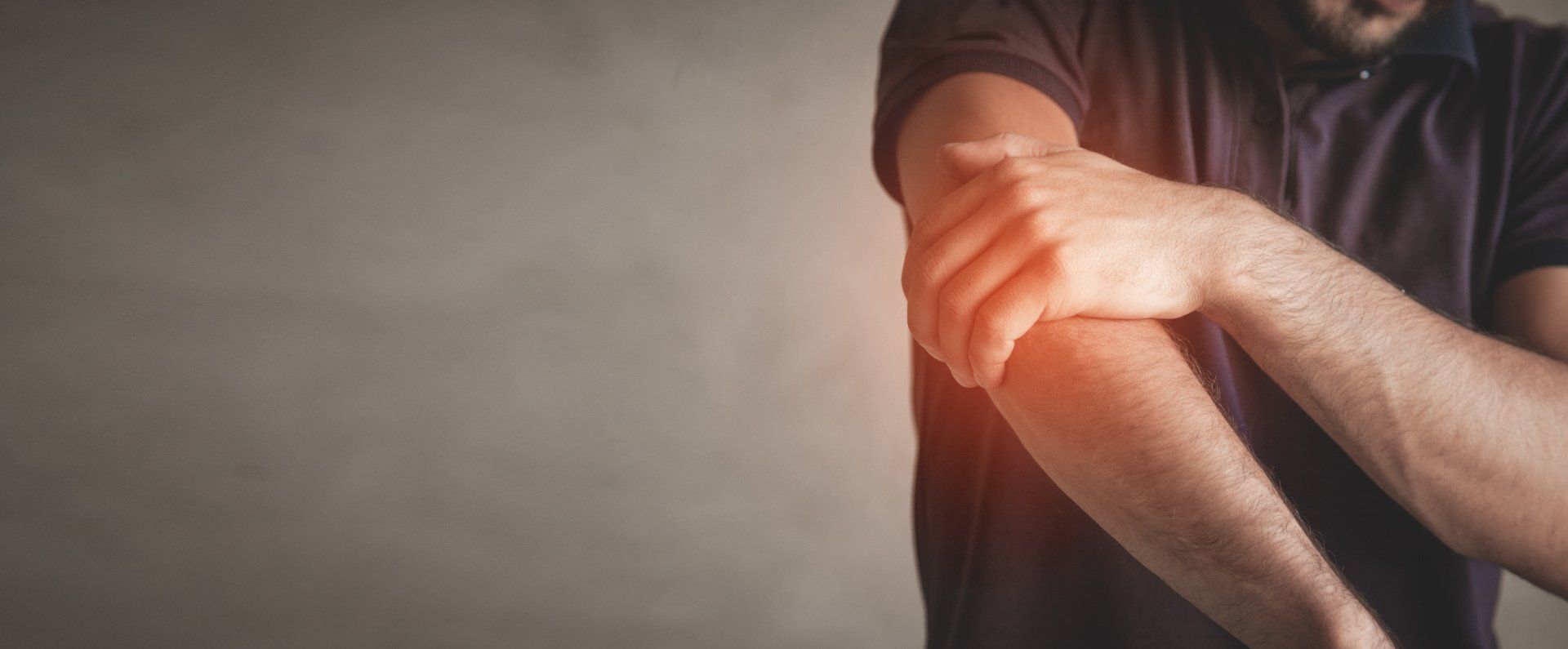By Robbie Smith
•
November 5, 2024
Harmonic techniques have been used in body work for centuries and have been rediscovered In recent years as a therapeutic technique for pain relief, muscle recovery, and relaxation. Harmonic techniques, characterised by rhythmic oscillatory motions at various frequencies, provides a unique, non-invasive approach to improving physical wellness. Oscillation massage works by gently vibrating or oscillating the targeted area, reaching deep tissue layers and promoting healing on a cellular level. In this blog, we’ll dive into the benefits of oscillation massage and explore why it could be a valuable addition to your wellness routine. 1. Enhanced Muscle Recovery One of the biggest benefits of oscillation massage is its ability to speed up muscle recovery. Whether you’re an athlete or just physically active, intense workouts can cause micro-tears in your muscle fibers, leading to soreness and fatigue. Oscillation massage promotes blood flow to the muscles, delivering oxygen and nutrients while helping to flush out lactic acid and metabolic waste. This accelerates the recovery process, making it a go-to choice for athletes or anyone with muscle tension from regular physical activity. 2. Pain Relief Without Medication For those struggling with chronic pain, oscillation massage offers a non-invasive, drug-free alternative for relief. The techniques work by stimulating nerve endings, which can disrupt pain signals sent to the brain. Studies have shown that oscillation therapy can be effective in reducing pain in areas like the neck, shoulders, back, and knees. This is especially beneficial for individuals with conditions such as arthritis, fibromyalgia, and even migraines, where pain can severely affect day-to-day living. 3. Improved Circulation and Lymphatic Drainage Oscillation massage is particularly effective at promoting circulation and lymphatic drainage. By stimulating blood flow, it helps the cardiovascular system efficiently deliver nutrients and oxygen to cells while removing waste products. For the lymphatic system, oscillation massage can help with draining excess fluids, reducing swelling and inflammation in areas that may have been injured or are recovering. Improved circulation and lymphatic drainage not only aid in faster healing but also contribute to an overall sense of well-being and energy. 4. Reduction in Muscle Tension and Stiffness When muscles are tight or stiff, they can restrict movement, leading to discomfort and even joint issues. Oscillation massage helps relieve muscle tension by promoting relaxation and releasing fascia, the connective tissue surrounding muscles. This makes it easier for muscles to relax and lengthen, which can improve flexibility, range of motion, and posture. Unlike traditional deep-tissue massage, which can sometimes be painful when working on particularly tight areas, oscillation massage’s gentle vibrations provide relief without discomfort. 5. Increased Endorphin Release and Relaxation Oscillation massage also promotes relaxation by stimulating the release of endorphins, the body’s natural “feel-good” chemicals. This not only helps to reduce pain but also improves mood and can combat stress and anxiety. Regular oscillation massage sessions may help alleviate symptoms of stress, leading to better sleep and a greater sense of calm and focus. The rhythm and frequency of oscillation massage also have a soothing effect, making it an excellent tool for unwinding and reducing mental fatigue. 6. Assistance in Physical Therapy and Rehabilitation For individuals undergoing physical therapy or recovering from an injury, oscillation massage can be a valuable supplement to their treatment. The gentle, non-invasive nature of oscillation therapy makes it suitable for sensitive areas that might not be able to tolerate traditional massage. By enhancing circulation, flexibility, and range of motion, oscillation massage can accelerate the rehabilitation process. Additionally, the reduction in pain and stiffness it provides makes it easier for patients to engage in prescribed exercises and movement therapies. 7. Cellular Health and Anti-Inflammatory Benefits On a cellular level, oscillation massage has been shown to promote health and regeneration. By encouraging the movement of fluids between cells, it supports the delivery of nutrients and removal of toxins, keeping cells healthier and more resilient. Additionally, oscillation massage can have anti-inflammatory effects, reducing inflammation in tissues, which can be especially beneficial for individuals dealing with chronic conditions like arthritis or tendinitis. 8. Suitable for All Ages and Fitness Levels Oscillation massage is a versatile therapy suitable for people of all ages and fitness levels. From children to seniors, and from sedentary individuals to athletes, the gentle nature of oscillation therapy means that it can be adjusted to meet each person’s needs. Whether it’s used to improve mobility, speed up recovery, or simply relax, oscillation massage provides an adaptable and safe way for people at different stages of life to experience its benefits. Final Thoughts Oscillation massage is more than just a relaxing treatment – it’s a therapeutic technique that offers numerous health benefits. Whether you’re looking to reduce muscle pain, improve circulation, enhance recovery, or simply relax, this form of massage can be a valuable part of your wellness routine. With increasing research supporting its effectiveness, oscillation massage is set to become a mainstay in both physical therapy and self-care practices.
